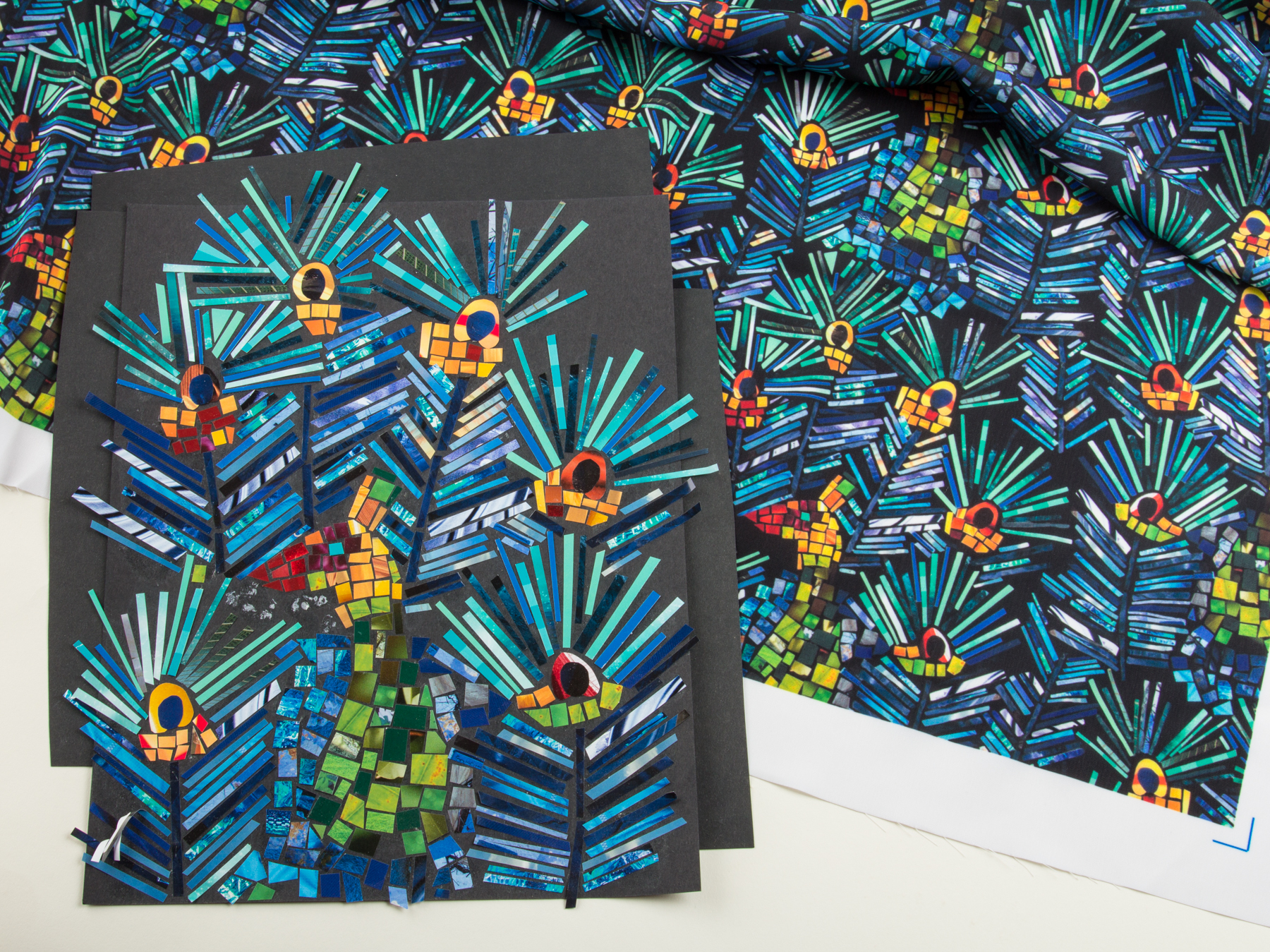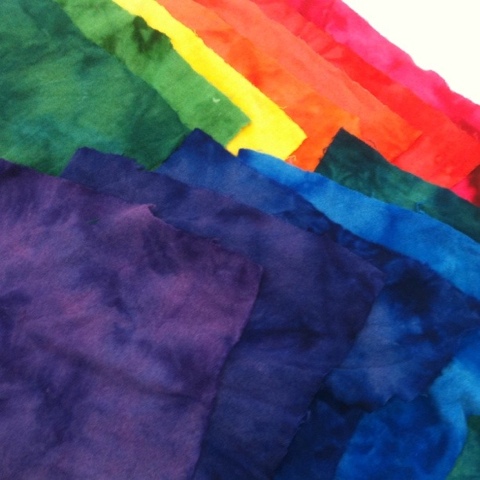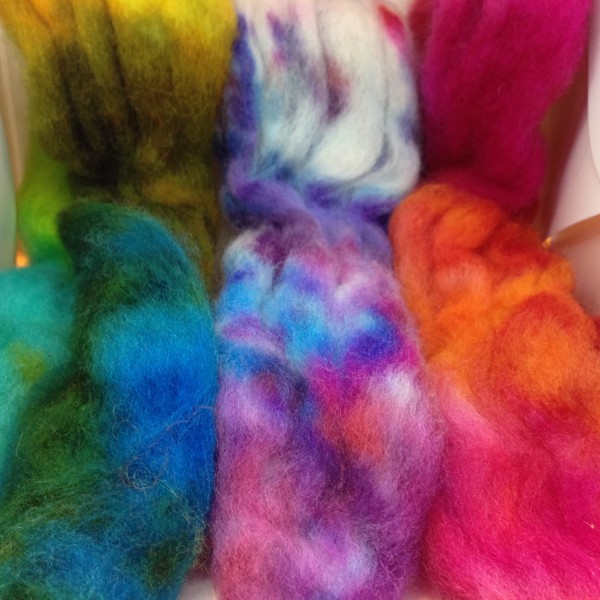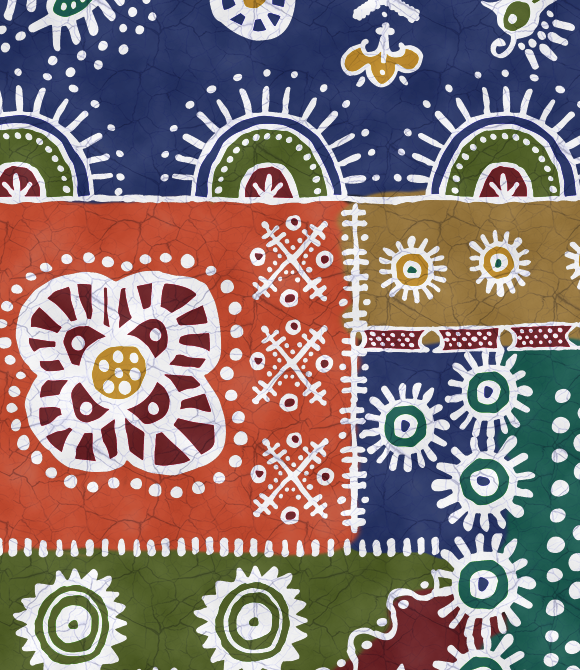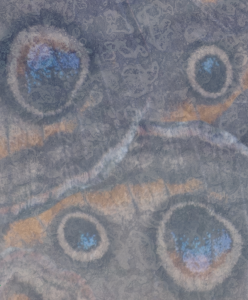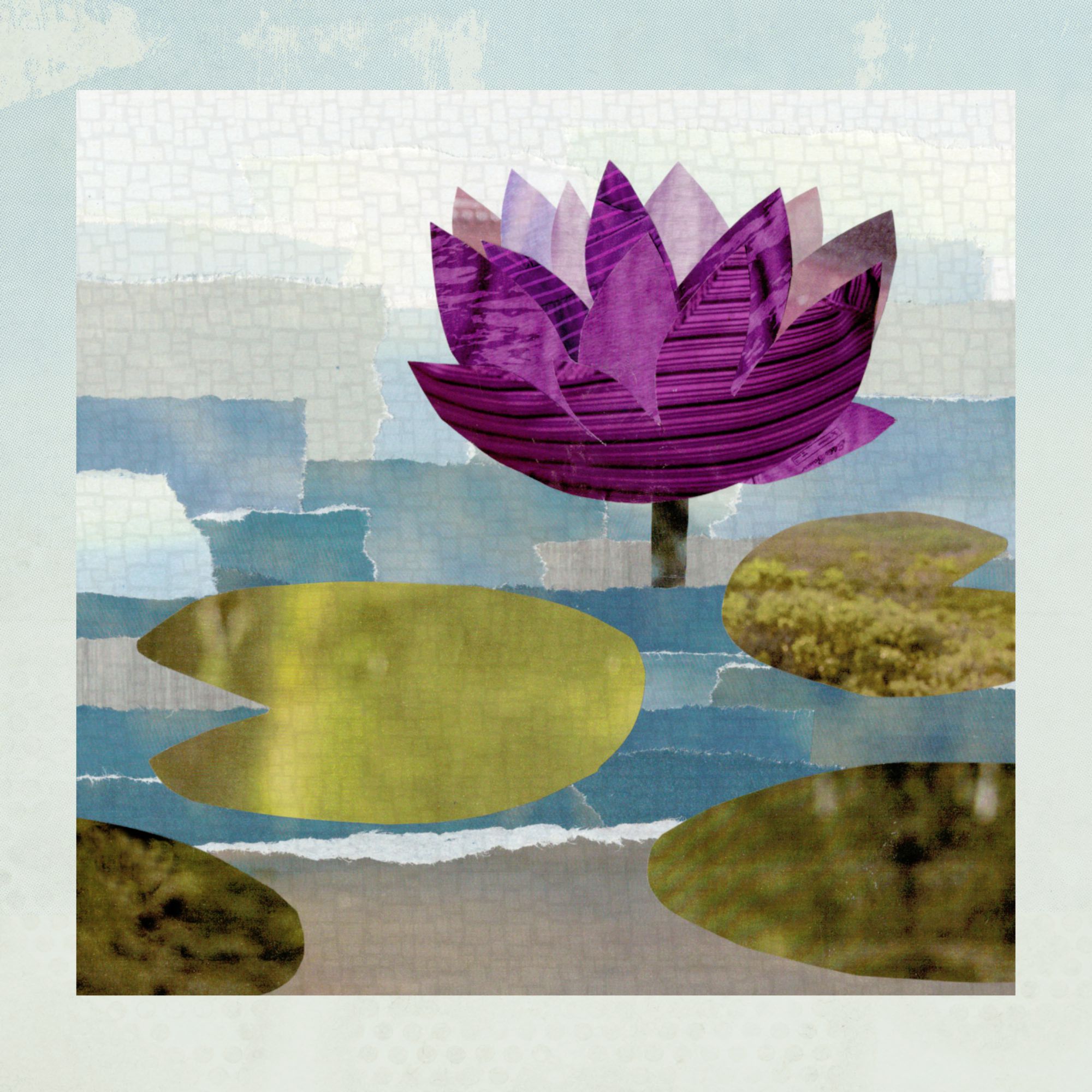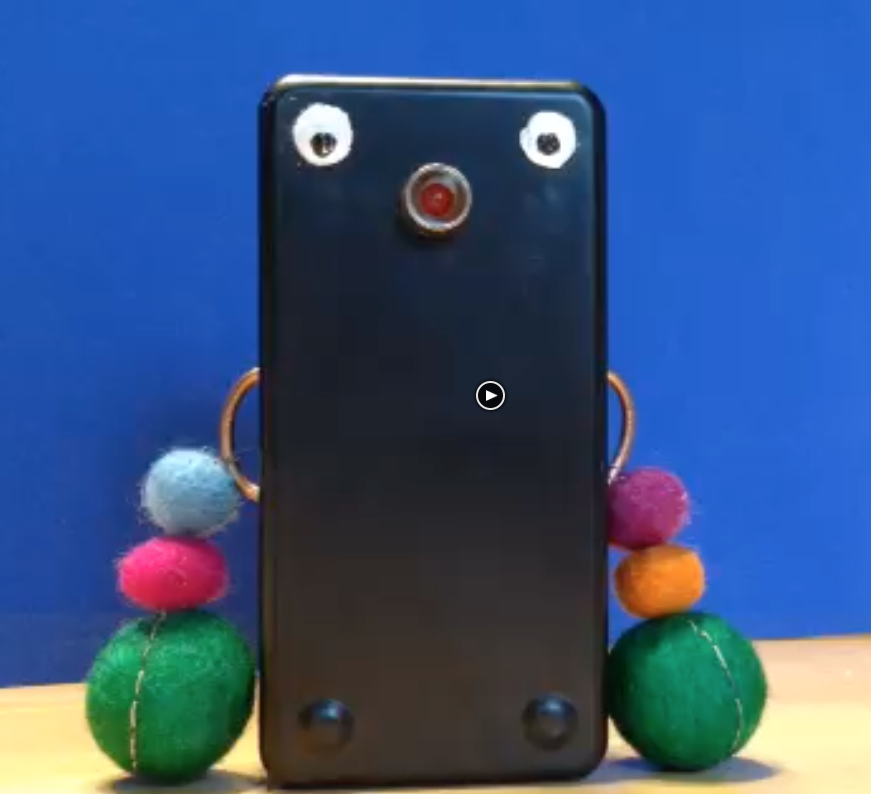Partners in Dye: A Dyes & Fibers Sampler
Hand-dyeing your own fibers can be intimidating. How do you know which dye to use? Heat or no heat? Salt? Acid? This class will break it down into the chemistry you need to know. Get the specifics for which dye to use when, the process you need for each kind of fiber, how to get the colors and effects you want and most especially how to work with dyes in ways that are safe and earth-friendly.
Handpainted Roving
Learn the basics of dyeing wool fiber, including choosing and mixing dyes; processing for saturation and colorfastness; and tips and techniques for handling fiber without felting. We will make samples using a variety of hand painting techniques to achieve different effects like semi-solids, stripes, and gradients. You will leave class with a sampler of small balls of roving and the skills to tackle larger projects.
Classes on the Road: Digital Fabric Design at Arrowmont
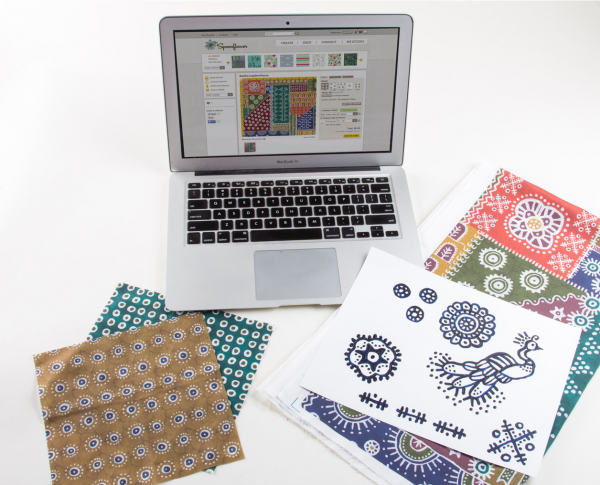 In June, I will be spending a week at Arrowmont School of Arts & Crafts in Gatlinburg TN. I haven’t ever been to Arrowmont, but I have heard all kinds of amazing things about the experience there, so I am excited to have been invited.
In June, I will be spending a week at Arrowmont School of Arts & Crafts in Gatlinburg TN. I haven’t ever been to Arrowmont, but I have heard all kinds of amazing things about the experience there, so I am excited to have been invited.
Our class at Arrowmont will be intense. We have 37 hours to explore all kinds of techniques for designing your own fabric. For the class in April at Spoonflower, we are going to focus on Adobe Illustrator, but for this one at Arrowmont, it is all about Photoshop and layers and texture. I have had several potential students email with questions about the class (which is awesome) and so I thought I should talk a little more about what we will be doing, since the description in the Arrowmont catalog is necessarily brief.
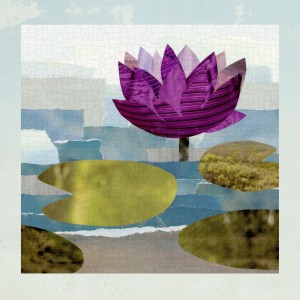 My theme for this class will be exploring the different paths you can take to design fabric. Everyone knows the feeling of staring at a blank page with an equally blank mind. Where do you start?
My theme for this class will be exploring the different paths you can take to design fabric. Everyone knows the feeling of staring at a blank page with an equally blank mind. Where do you start?
We are going to start this class by building a common vocabulary. We will talk about pixels and resolution and color. We will learn about different design tools that are common to Photoshop and other graphics programs (select, layer, opacity, offsets). Then we will start building a toolbox of techniques. Each day in this class we will take a different path to start a fabric design. One day we will work with scanned found objects; one day we will start with photos; one day we will doodle with paint. We will learn ways to layer and manipulate textures borrowed from other objects.
Are you ready for this class? You don’t need to know anything about Photoshop or designing fabric. It is helpful if you are comfortable working with computers and you have maybe explored Photoshop (or other graphics programs) a little on your own. You should be able to pull a photo off of your camera, save it and find it again. You should be able to connect to wifi and navigate webpages. You should be brave enough to try things and not worry that you are going to “break something”.
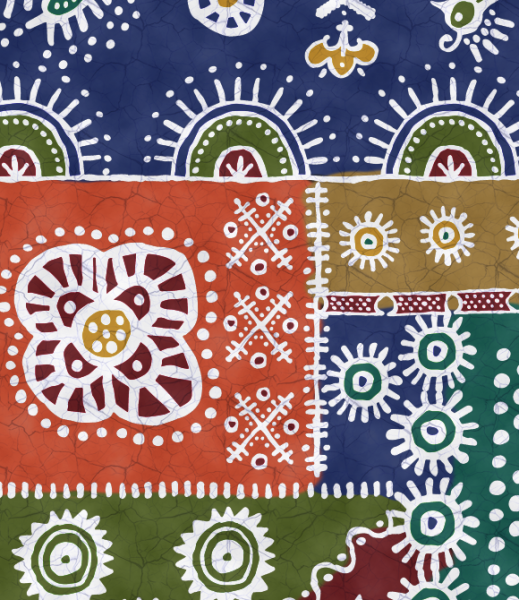 We will be creating a faux batik, similar to this tutorial I put together. Why faux batik? Because it is a fantastic way of practicing a set of design techniques you can use for many other things: scanning your original artwork and manipulating the colors, digitally coloring a design, layering with a photographic textures. It’s a great model that will teach you many skills that you will be able to use for future designs.
We will be creating a faux batik, similar to this tutorial I put together. Why faux batik? Because it is a fantastic way of practicing a set of design techniques you can use for many other things: scanning your original artwork and manipulating the colors, digitally coloring a design, layering with a photographic textures. It’s a great model that will teach you many skills that you will be able to use for future designs.
We will all go crosseyed if we have to spend 7 hours a day looking at computer screens, so I have a lot of design ideas and exercises that we will do offline as well to help break things up. These will be things like learning how to make seamlessly repeating designs or creating balance in a repeating pattern. We will take a photo walk looking for textures.
You will also have time in class to explore something independently. I want you to be able to work on your own, but with the ability to ask questions and screw things up with help right there. So we will set aside time for me to work with each student one-on-one to explore your own design goal.
These are some of my goals for class. I hope that by the end of class, students will have learned:
- digital vocabulary for fabric design (pixels, resolution, repeats, seamless, layers, colorway etc)
- scanning and manipulating your own artwork and found objects
- creating a design using original art (painted paper) and layers
- creating a colorway from a photograph
- using photographs in fabric designs
- basic Photoshop skills and tools
- other tools for digital design: RepperPatterns, Adobe Color
- independent projects with instructor guidance
- tour of Spoonflower site and tools, show and tell of printed fabrics, examples
You can see all of the details at Arrowmont’s website. If you want to know more about any part of class, feel free to email me!
Digital Fabric Design: Cheater Art Quilt
Another opportunity to go beyond The Spoonflower Handbook by creating an art quilt with digitally printed fabric. In the first class we will create a small art collage from textured and patterned paper; a hands-on way to add depth and complexity to your design with minimal computer skills needed. The second night we will scan to transform that art into a digital format and enlarge it to fit on a yard of fabric. Finish with some simple “photoshopping” to add details or adjust colors and get tips for creating coordinating prints to accompany your design. Your finished design can be printed to make a quilt or wall hanging, finishing/sewing to be completed on your own time. Materials fee $7, payable to the instructor. See supply list at registration for more details on technology and materials.
This class is 2 sessions: December 7 & 14
Attention Fiber Geeks: Amplify your Art
This week I am teaching a class at the Weavers Guild of MN called “Amplify your Art”. It started as a question: “Could you teach a class about soft circuits?” My answer to that was “No, not really. But what I can do…”
Part demonstration, part inspiration. This session will give you dozens of ideas for how to incorporate technology into your fiber art projects. We’ll cover a range of techno-possibilities, from electronic components like LED’s and conductive threads; to digital, 3-D printing and laser cutting; to chemistry with thermochromic and phosphorescent paints. Becka will show samples, provide sources, and do short demos to show how you can incorporate technology of all kinds into your weaving, spinning, and sewing projects. Thursday, June 11: 6:00-9:00 P.M.
I’m not really an expert in soft circuits. I have built a couple. I get the gist of it. But I decided to take the incorporating technology theme of the class and run with it. Because that I do know a lot about.
George (up there in the video) is made with a little traditional wiring (in the box) and some felt beads and conductive thread. He’s really friendly, but a little shy. If you hold hands with him, his nose lights up. We will talk about how he is made. I have also made three really fun examples with thermochromic pigment. That means it changes color when you change the temperature. I have an embroidered elephant embellished with LEDs. I also have some UV reactive yarn. We are going to make some sticker circuits in class. That’s right a little hands-on fun! We will watch some videos of other artists doing cool stuff. We will talk about 3-d printing and laser cutting and digital fabric printing and what works and what doesn’t and where to get it. It will be 3 hours of discussing, exploring and getting inspired.
There are still spaces available if you want to join us. You can register online or call the guild. If you are interested and can’t make it to class, I have collected a whole bunch of articles about how fiber artists are using all kinds of technology in their art. I will post those here after class so you can join in the reading if you are interested.
Do you have any really great examples of technology intersecting with fiber art? Share in the comments and I will add them to my resource list.


